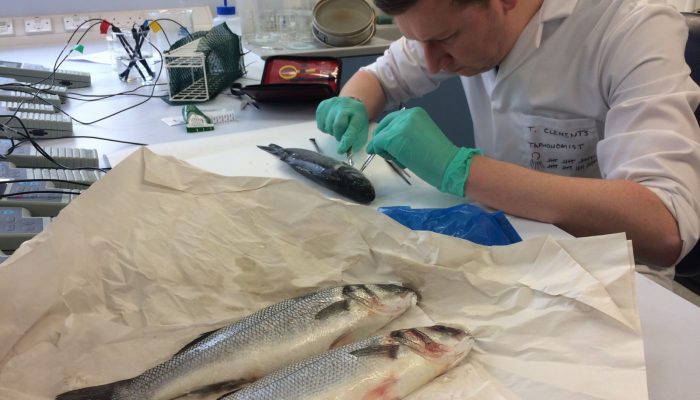
It’s 10am and Thomas Clements, a 3rd year palaeobiology PhD Student, is getting ready to check on his latest experiment. Full kited up in what can only be described as a space suit, Thomas carefully approaches the fume cupboard home to his latest specimen: a decaying seabass, balanced on a specially designed ‘hammock’ in a tank of salty water. Opening the lid to check on the rotting fish, Thomas is hit by the smell, so atrocious the fume hood and protective overalls only go some way toward shielding his sense of smell. It might be a bleak start to the day, but it is central to Thomas’ research.
While the fossil record is dominated by the hard mineralised parts of organisms such as shells, teeth and bones, in the past few years palaentologists have started to rely on different fossilised remains and techniques to discover more about extinct animals.
“In fact, soft-bodied fossils are much more informative about the anatomy, physiology, ecology and behaviour of ancient organisms. They also give scientists a much better idea as to the type of conditions, ecosystems and environments in which the organisms lived,” explains Thomas.
However, before the vital clues held in the remains of soft-bodied fossils can be accurately interpreted by researchers, the processes which cause them to be preserved in the first instance must be fully understood too. This is where Thomas’s smelly study of decaying fish carcases comes in. Using seabass, because its genealogy can be traced back in time (organisms related to the blue fish are known to exist in the ancient fossil record), Thomas aims to better understand how decay processes affect the fossilisation potential of soft-tissues – especially of internal anatomy.
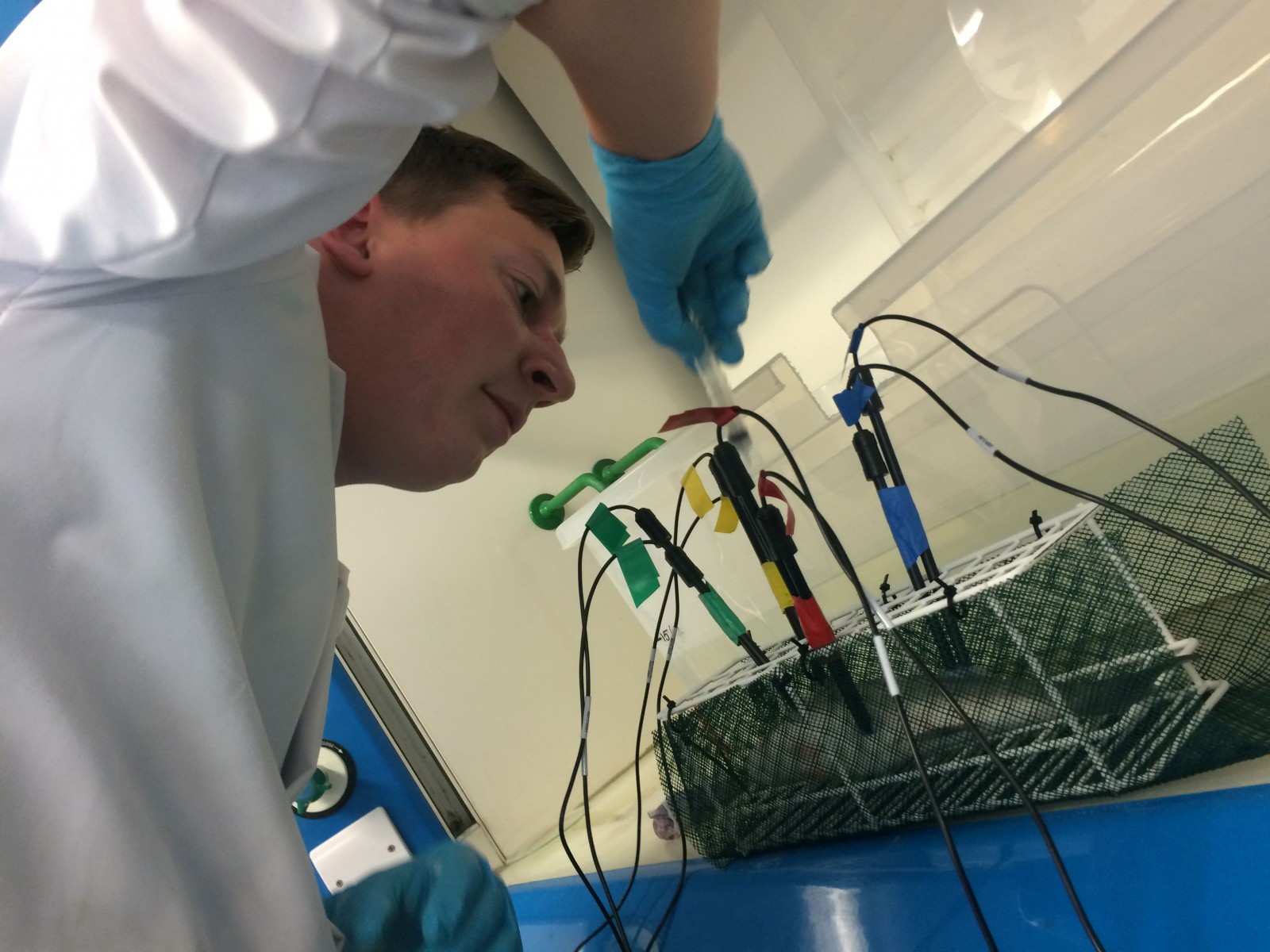
Thomas injects the silica gel around the probes to make sure the incisions are sealed. You can see the fish in it’s hammock. (Credit: Thomas Clemens)
Along with the Palaeobiology Lab Group at Leicester University, Thomas has devised a series of novel experiments to investigate the process. Because he is particularly interested in how internal organs decay, Thomas cuts millimetre sized incisions into the fish, sourced from a local fishmongers, to place probes into liver, guts, stomach and even kidneys. The chemical data measured by the probes allows him to unravel both the timing and sequence of anatomical decay of the different organs.
“One of the most important parts of the experiment is to accurately recreate the natural death of the animal,” describes Thomas.
That is why it is vitally important that the wounds caused by the incisions are fully sealed with inert silica gel so as not to speed up the decay process. This also means that before any experiment, he painstakingly practices cutting and sealing for hours. By the end of his practice runs he is intimately familiar with the exact location of each internal organ and able to perform only the smallest cuts required to insert his probes.
Recreating the conditions under which an ancient fish would decay is also important. Surgical incision complete, probes inserted ready to acquire data, the fish is gently placed on a hammock of inert plastic netting (again, so that no chemicals plastic may give off will interfere with the natural break down of the body parts) and lowered into an aquarium of salty water.
Thomas’ experiments are sustainable and environmentally friendly too! Rather than placing the hammock directly on the tank floor, it is suspended in the water, by way of plastic ropes attached to the corners of the aquarium. This means that as the fish is left to decompose over time, most fish parts sink towards the base of the tank an eventually dissolve in the water – making it extremely foul-smelling, as you might imagine! Once the experiment is complete, whatever fish parts may remain on the hammock can be simply discarded and the (washed) plastic used in a new experiment.
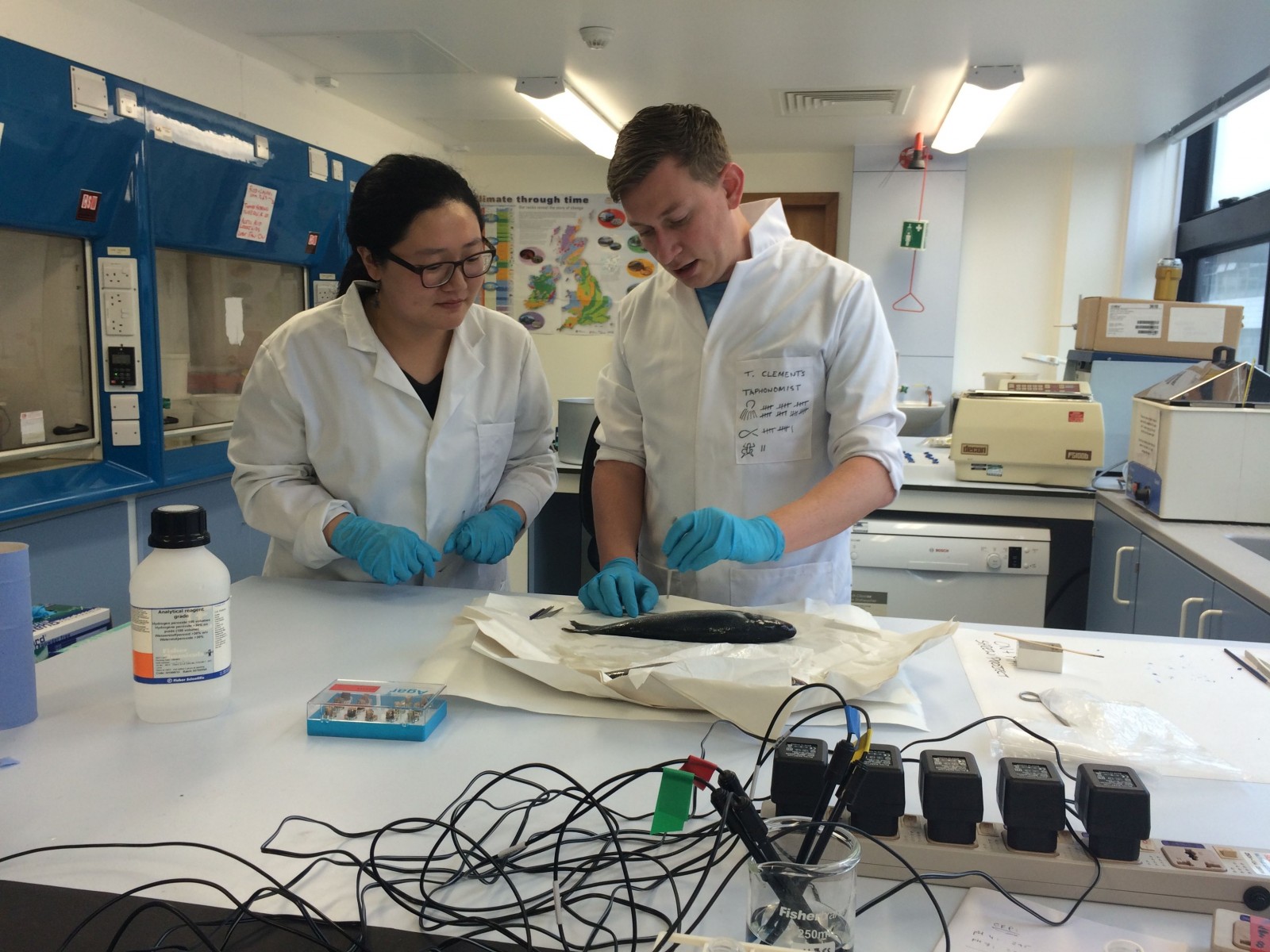
Thomas teaches visiting PhD student, Yujing Li, about the anatomy of a Seabass. (Credit: Thomas Clemens)
The experiments performed so far show that the decay process is actually very quick. After 60 days, the majority of the fish has fully decomposed, with only fins and very small tissue parts remaining. It takes no more than 20 days for muscle fibres to disappear and as little as five days for ultra-structures to break down. Through his work, Thomas now knows that the preservation of soft tissues during fossilisation has to happen very quickly or conditions have to be just right.
Thomas thinks that “slowing down the decay process is what gives soft-bodied parts a better chance of preservation.”
This is why during the experiments he has been testing how changes in the conditions, from lowering the water temperature, reducing agitation of the tank, changing salinity or even reducing bioturbation (the disturbance of sediment caused by sea floor dwelling critters), affect how likely it is for tissues to be preserved.
Despite the advances and better understanding gained through the experiments, enigmatic questions still remain: why are some organs, such as guts, often found preserved in the fossil record, but why are others, such as eyes, so much rarer? And so, Thomas’ work in the lab, complete with rotting fish, surgical gloves, spacesuit-like protective equipment and stomach turning smells continues.
By Laura Roberts Artal, EGU Communications Officer
Thomas Clements presented his work at the 2016 EGU General Assembly, at a press conference entitled: How ancient organisms moved and fed: finding out more from fossils. The full press conference can be streamed here. In addition, the work was presented in session SSP4.2: Experimental solutions to deep time problems in palaeontology. Thomas’ abstract can be found here.

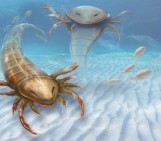
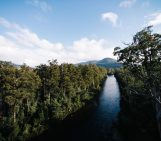
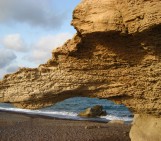
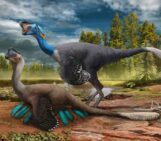
Pingback: GeoLog | Stop the press!: How to pitch your research to a journalist or editor